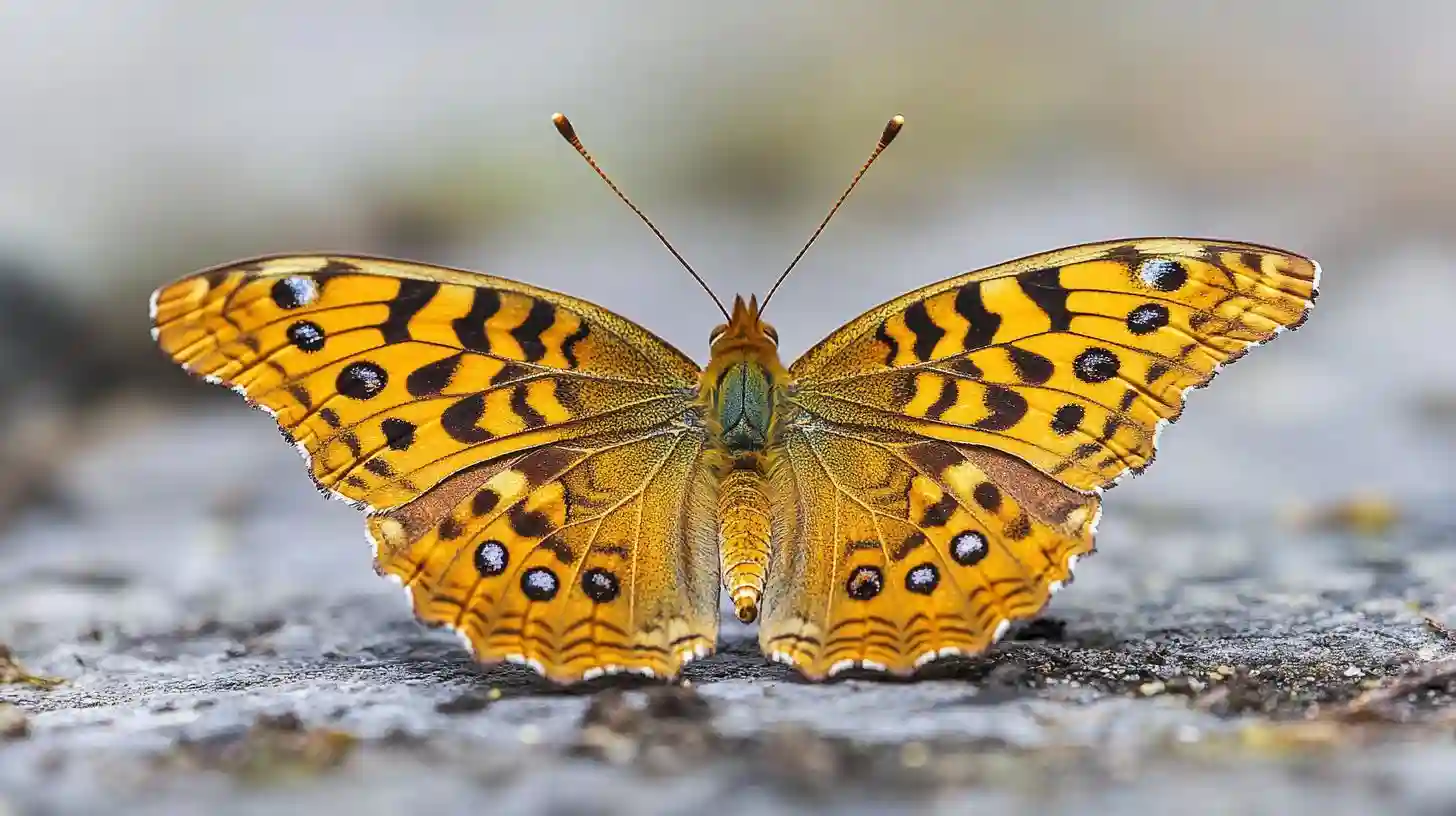
Butterflies are among the most beautiful and delicate creatures on the planet, captivating the hearts of many with their vibrant colors and graceful flight. However, these remarkable beings are facing an alarming threat of extinction. Various factors contribute to their declining populations, with two particularly significant issues being their short lifespan and the impact of harsh winter conditions. Understanding these challenges is crucial to addressing the plight of butterflies and ensuring their survival for future generations.
The average lifespan of butterflies is notably brief, with many species living only a few weeks. This limited lifespan places considerable pressure on their populations, as they must complete their entire life cycle in a short period. Butterflies go through several stages, including egg, larva, pupa, and adult, each of which is fraught with challenges. The adult stage is particularly crucial for reproduction, yet butterflies often have only a few weeks to find mates and lay eggs before their time runs out. This compressed timeline makes butterflies inherently vulnerable to various environmental pressures. Predators, parasites, and habitat destruction all pose significant threats during this critical reproductive phase.
Environmental changes have further compounded these challenges. Habitat loss is one of the most pressing issues facing butterflies today. With urbanization and agriculture expanding rapidly, many butterfly species are losing their traditional habitats. As their natural environments diminish, butterflies struggle to find suitable locations to lay eggs and access essential food sources. This loss of habitat can disrupt entire ecosystems, as butterflies serve as indicators of environmental health due to their sensitivity to changes in their surroundings.
Fragmented habitats exacerbate the problem, hindering butterfly migration and dispersal. Many species of butterflies rely on specific plants for sustenance during their larval and adult stages, which are often found in particular regions. When these plants are removed or fragmented due to human activity, butterflies cannot easily migrate to find new food sources. As their available range shrinks, it becomes increasingly difficult for them to sustain viable populations, leading to further declines.
Harsh winters present another challenge for butterflies. Many species undergo a process known as diapause, a form of dormancy that allows them to survive unfavorable environmental conditions. During the winter months, some butterflies hibernate in protected areas, while others endure the cold in their chrysalis stage. However, with ongoing climate change, weather patterns have become increasingly unpredictable. Extreme fluctuations in temperature can disrupt the natural cycles of butterflies, affecting their ability to enter diapause or emerge when spring arrives.
In regions where winters have become harsh and severe, butterflies may find it difficult to survive the cold months. If the temperatures drop significantly or remain frosty for extended periods, the delicate physiology of butterflies can be severely affected. Insufficient warmth can lead to a lack of energy reserves needed to emerge and thrive once the weather becomes more favorable. Additionally, if an early thaw leads to butterflies emerging too soon, they may face food shortages from plants that have not yet begun to grow.
The connection between climate change and butterfly survival cannot be overlooked. As global temperatures rise, the habitats where these insects thrive are shifting. Some species may be able to adapt to these changes, but many are struggling to keep pace. The delicate balance within ecosystems is disrupted as interactions between butterflies, plants, and other wildlife become increasingly tenuous. Loss of biodiversity within these ecosystems makes them even less resilient to change, leading to a cascading effect on butterfly populations.
Conservation efforts are critical to addressing the factors threatening butterflies. Establishing protected areas can help preserve valuable habitats, while creating butterfly gardens with native plants can provide essential resources for these insects. Educating the public on the importance of butterflies and their role in pollination can garner support for these initiatives. Collaborations between researchers, conservationists, and local communities are vital in implementing effective strategies to monitor and protect butterfly populations.
Recognizing the intricate relationships that butterflies have with their environments sheds light on the urgency of the situation. It is imperative that we take action to mitigate the effects of habitat loss and climate change on these fragile creatures. By fostering awareness and promoting conservation efforts, we can help ensure that future generations will have the opportunity to enjoy the wonder and beauty that butterflies bring to our world.